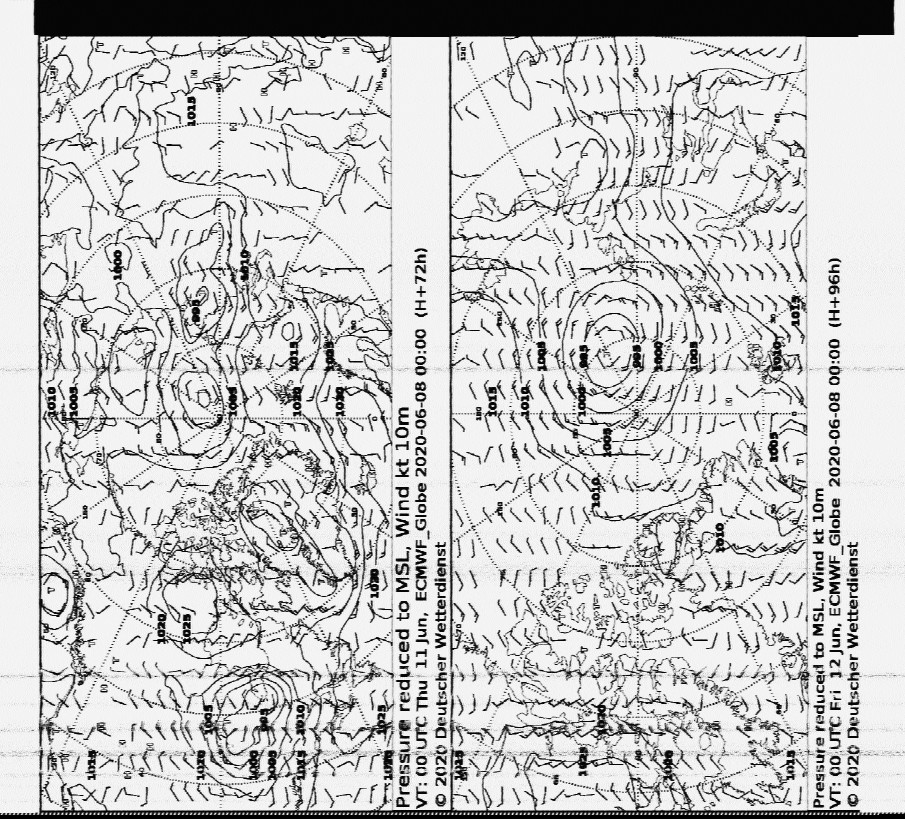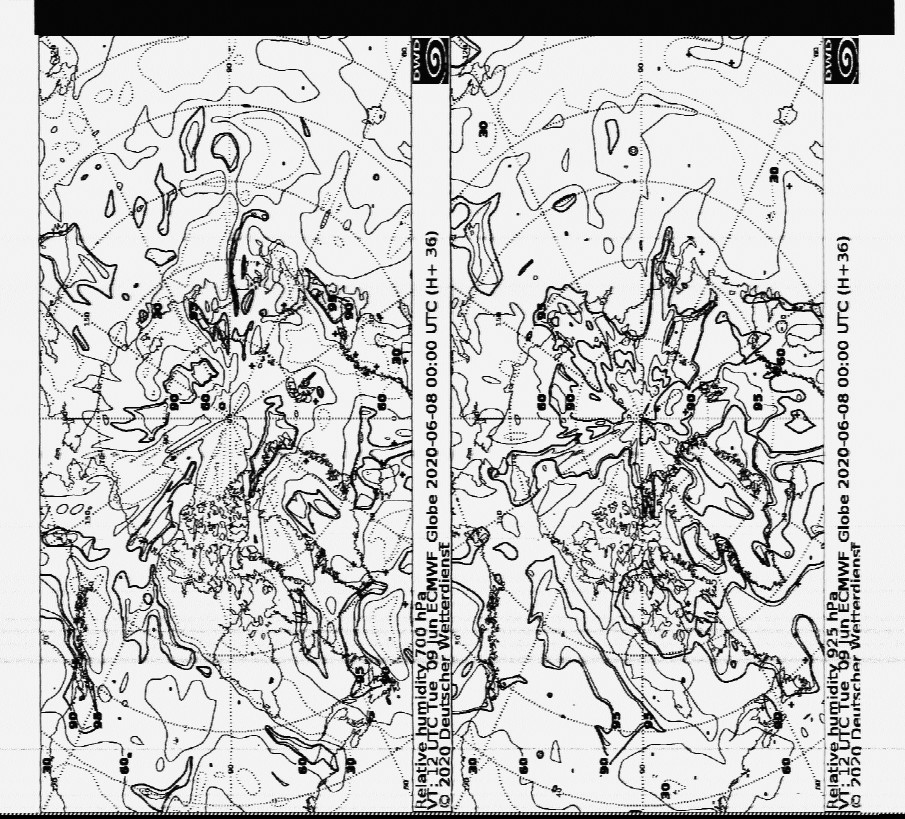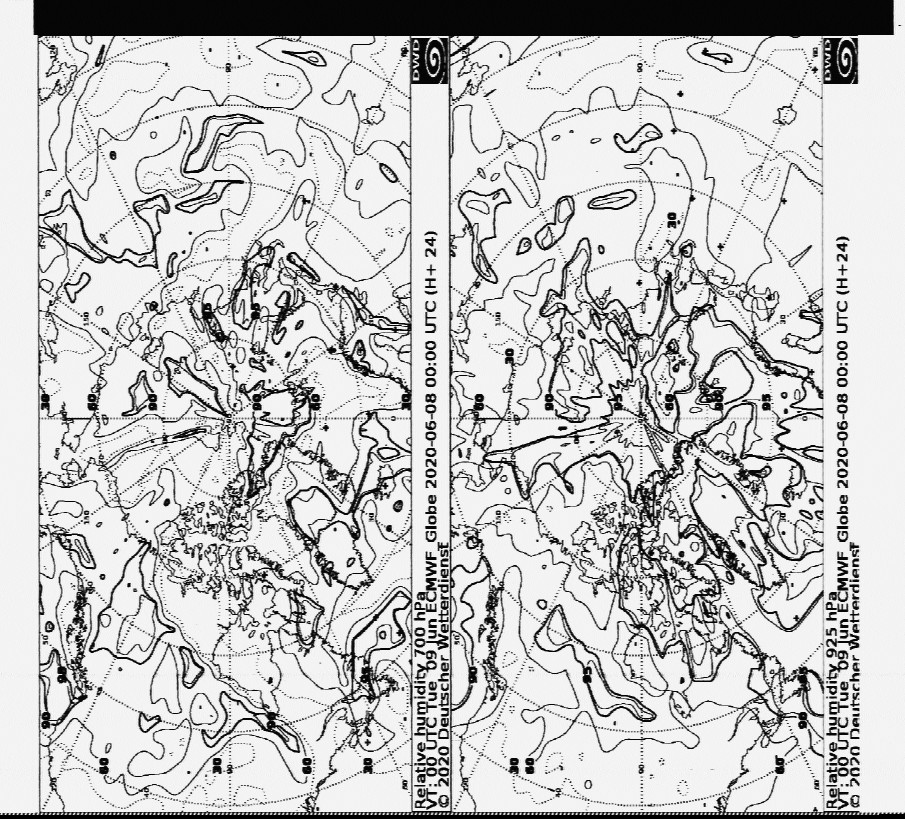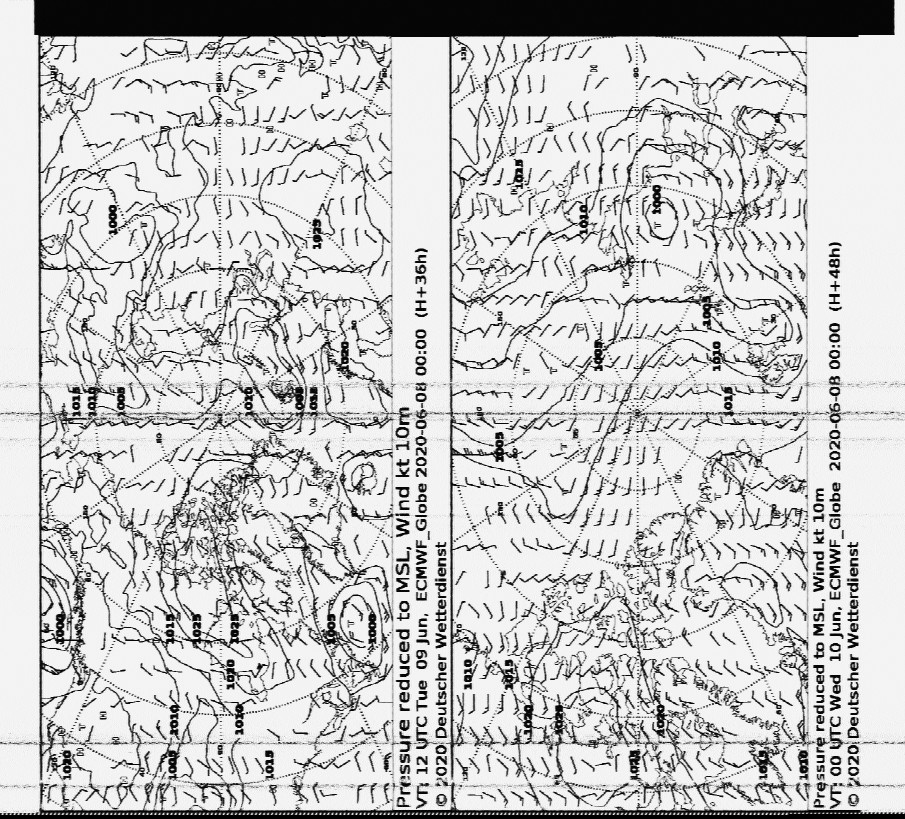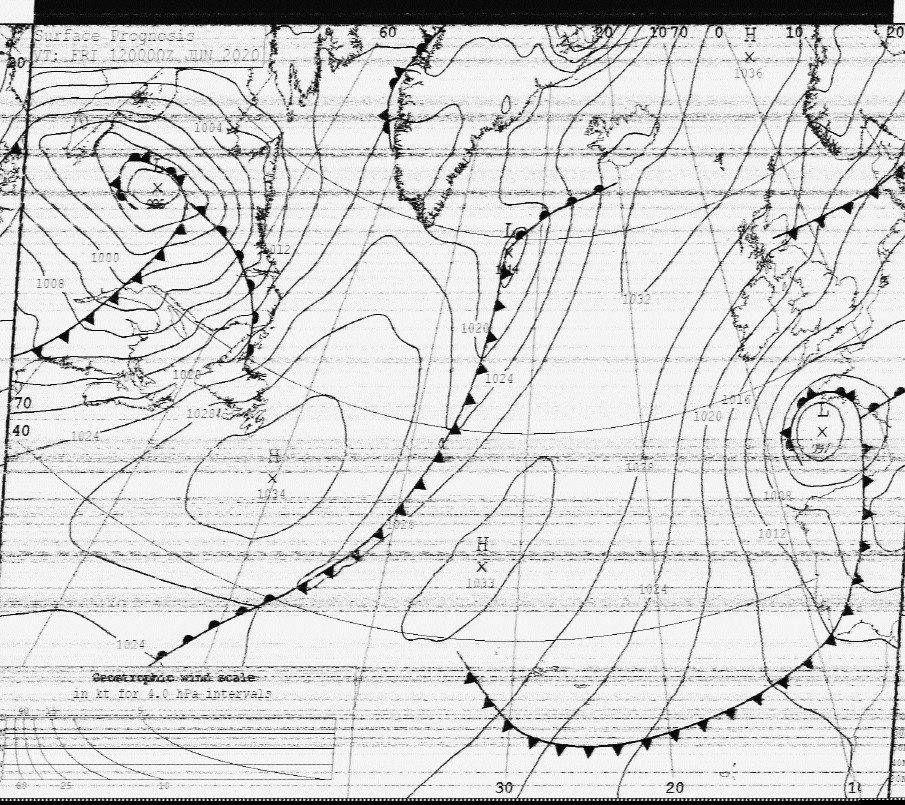*** PLEASE NOTE PHIL’S OBSERVATION OF MY BUILD (FILTER ORIENTATION) BELOW ***
I was using the origninal picture and refrencing off the *EARTH* location post, and not looking at the label (LOAD/LINE) – I have since corrected – afaik no damage done, but good to get right first time if you are using the same filter (FN2030-16-06 FILTER) which has a different layout and orientation to the one used in the slides
*** PLEASE NOTE PHIL’S OBSERVATION OF MY BUILD (FILTER ORIENTATION) BELOW ***
Back in May I built this filter for my shack, which provided suitably good results for the time and effort employed. Further to that post G8KVM (Personal “Bern”) posted a follow up link to an updated filter here.
The main difference to this filter was it contained multiple and updated ferrite types as well as a mains-filter. I was immediatly drawn to the idea of further reducing the QRM into the shack as the first filter provided good results.
I ordered the following parts
| Part | Source | Price |
| Large Fair-Rite core 0431177081: Mouser | Farnell | 16.47 |
1463420,FERRITE CORE, FLAT CABLE, 25MM | Farnell | 4.98 |
| FN2030-16-06 FILTER, 1 PH, 16A, CHASSIS MOUNT | Farnell | 15.97 |
| CE-TEK GR17012 IP65 ABS Enclosure – 170x170x75mm | Farnell | 8.79 |
| PRO POWER PG-11 BLACK Nylon Cable Gland PG-11 Black – Single Pack, IP68 | Farnell | 0.80 |
I would like to point out that when ordering the mains filter (2030-16-06) the picture on the site is an AC filter. The once I received had DC on it, although the product code was the same.
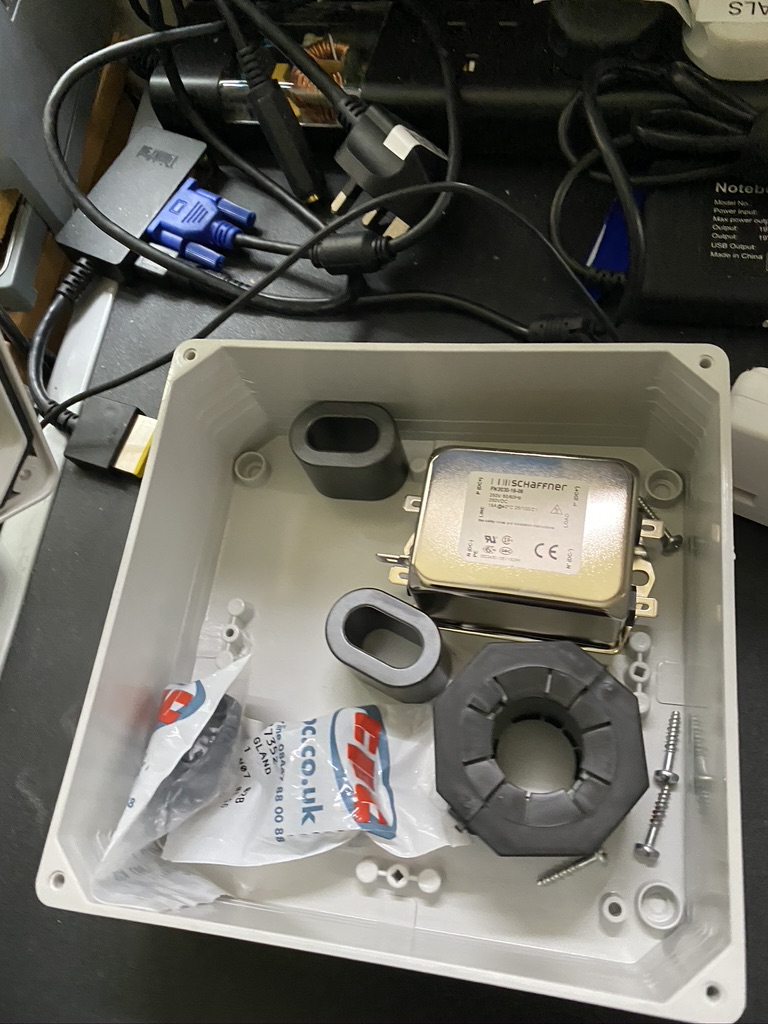
supplied parts 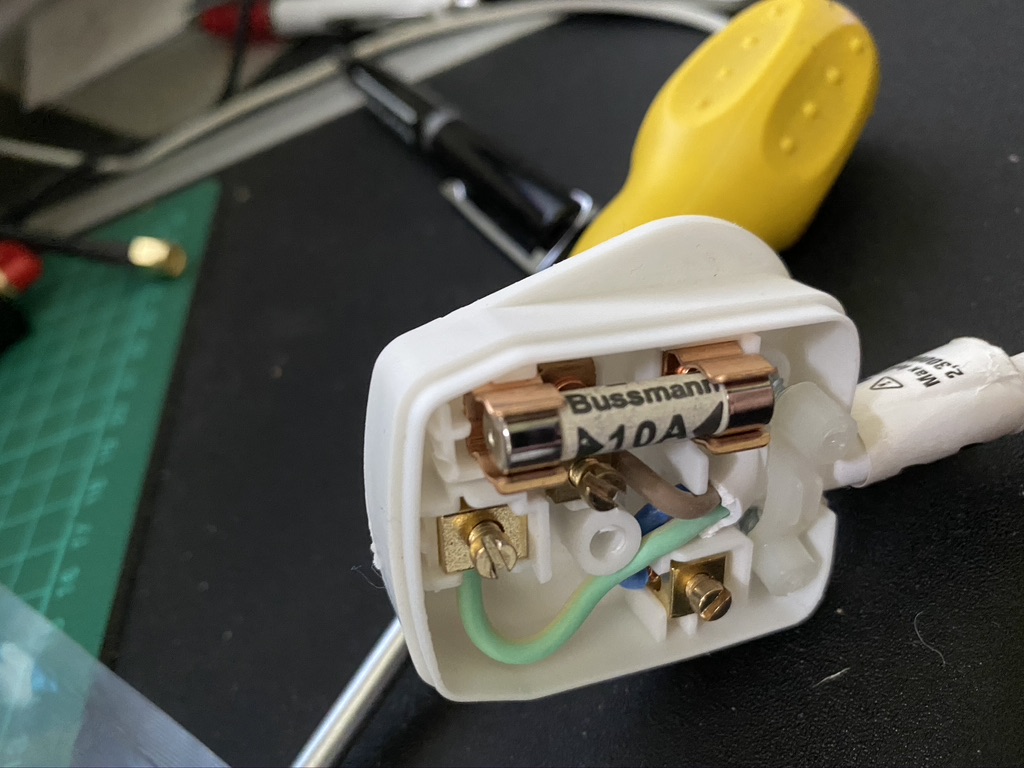
using an existing 10Amp plug 
DC Description on the filter sticker
I was slightly worried about the filter saying DC on it, where this is receiving AC current from the mains supply. Whilst rated for 250V i was not going to take any risks, so setup a test-bed outside, where it was thankfully dry and sunny.
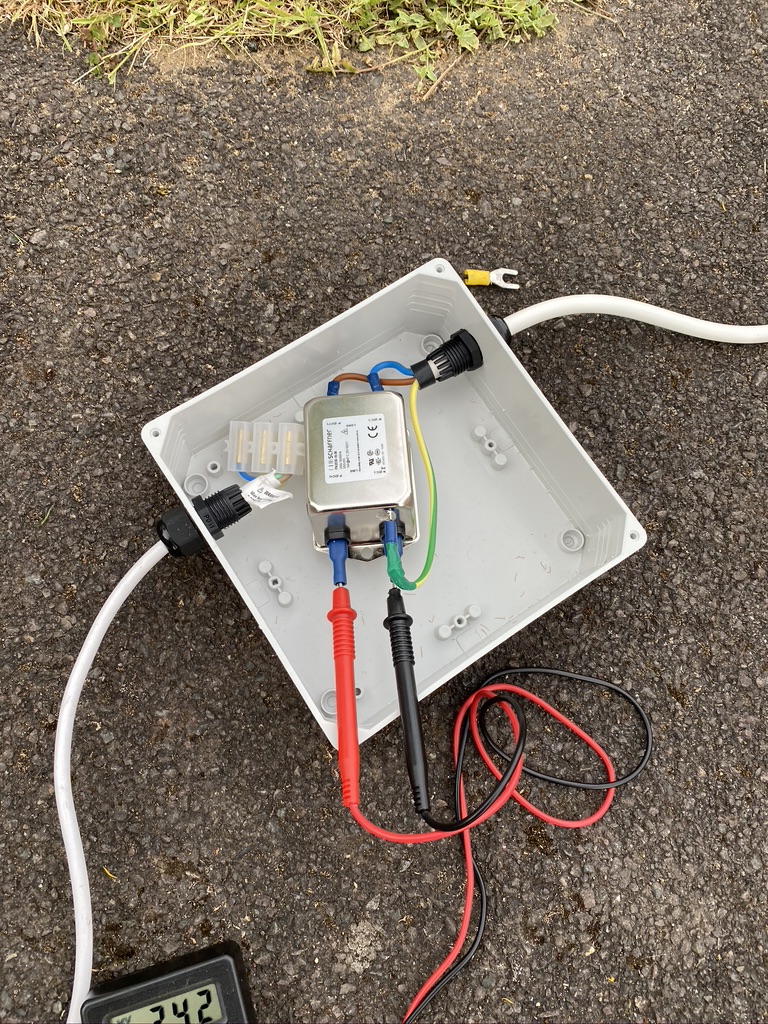
apply voltmeter (AC) 
turn power on, read meter 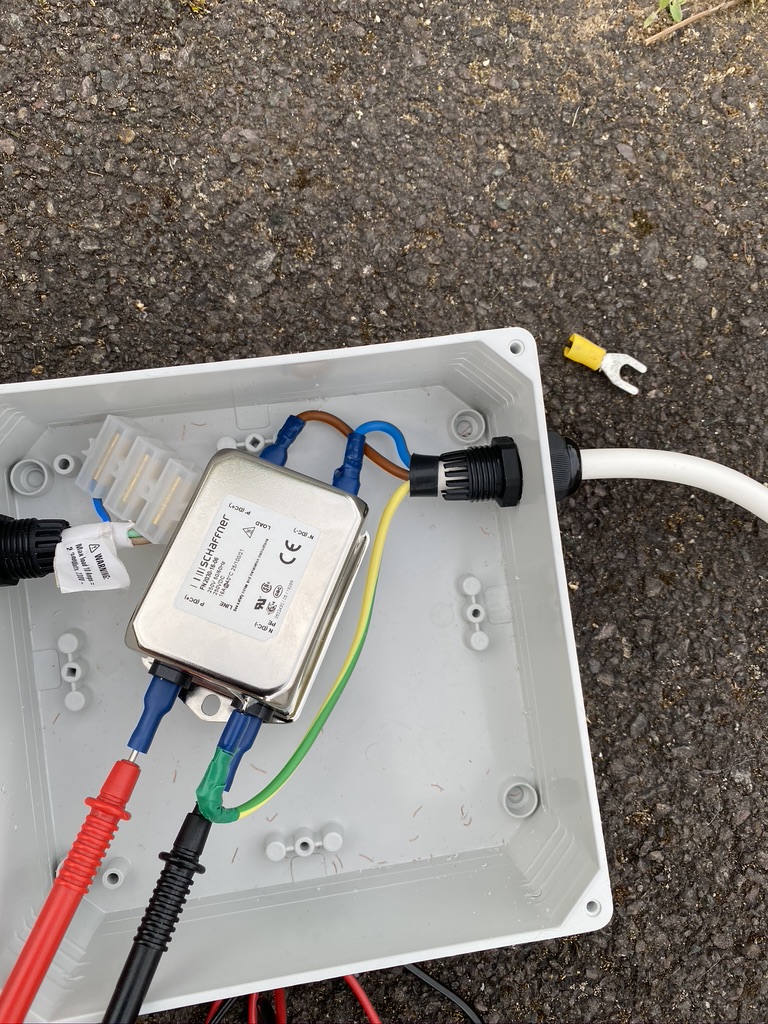
verify earth lead correctly attached to case
I set about by first running an unplugged in extenstion, plugging the filter into that, and setting up my voltmeter to read AC from the output terminals. There is only one earth on the casing.
I then went back in doors turned on the power and no popping/arcing/fusetripping was observed. I then checked the output on the voltmeter, and sure enough it was good 240V AC coming out the filter.
I then proceeded to complete the winding for the ferrites.
The cable i used was SEL 10 m 2.5 mm Twin and Earth Cable. This very good solid copper wire. I did have to put on some Electrical PVC Yellow/Green Earth Sleeving to the earth-copper as this is bare when it comes out the original sleeve. I didn’t want to use my electric drill for the twisting of the wire, so done this by hand. Whilst physically demanding, i felt it provided safer and better results.
I was then able to twist the cable thru the torids as per directions. I was rather happy with the results, as it was quite tough to get the cable thru the torid and space it nicely.

filter and torids fitted into the box 
saftey sticker added
Having tested for electrical continuity via a voltmeter, i then proceeded to test with a simple electric lamp which worked perfectly well. There was no issue with the wiring on the toroids or the filter.
I then disconnected my old filter and connected the new filter.
I was immediately impressed that i was now picking out more receive signals on FT8 and Wefax images were incredibly sharp.
I had 4 consecutive QSO’s which had never happended to be before, so was my first time manging a ‘pile up’ of sorts !
In summary for the time and expense this is a fantastic additon to the shack and makes me confident that in terms of power-line RF and QRM I have done as much as I can in terms of mains-filtering.
Thank you again to GM3SEK fantastic blog posting and G8KVM for pointing me in the right direction to the updated design !
73’s and see you on the airwaves soon hopefully !
— Appendix page update ! 🙂
Following Phil’s comments I powered down everythign and re-opened the filter as its been a little while since I closed it up.
In the picture below, the mains is the cable to the top of the page, this connects to the line filter, then in turn the ferrites connect to the output of the filter. I think I have got this correct based on the source picture !

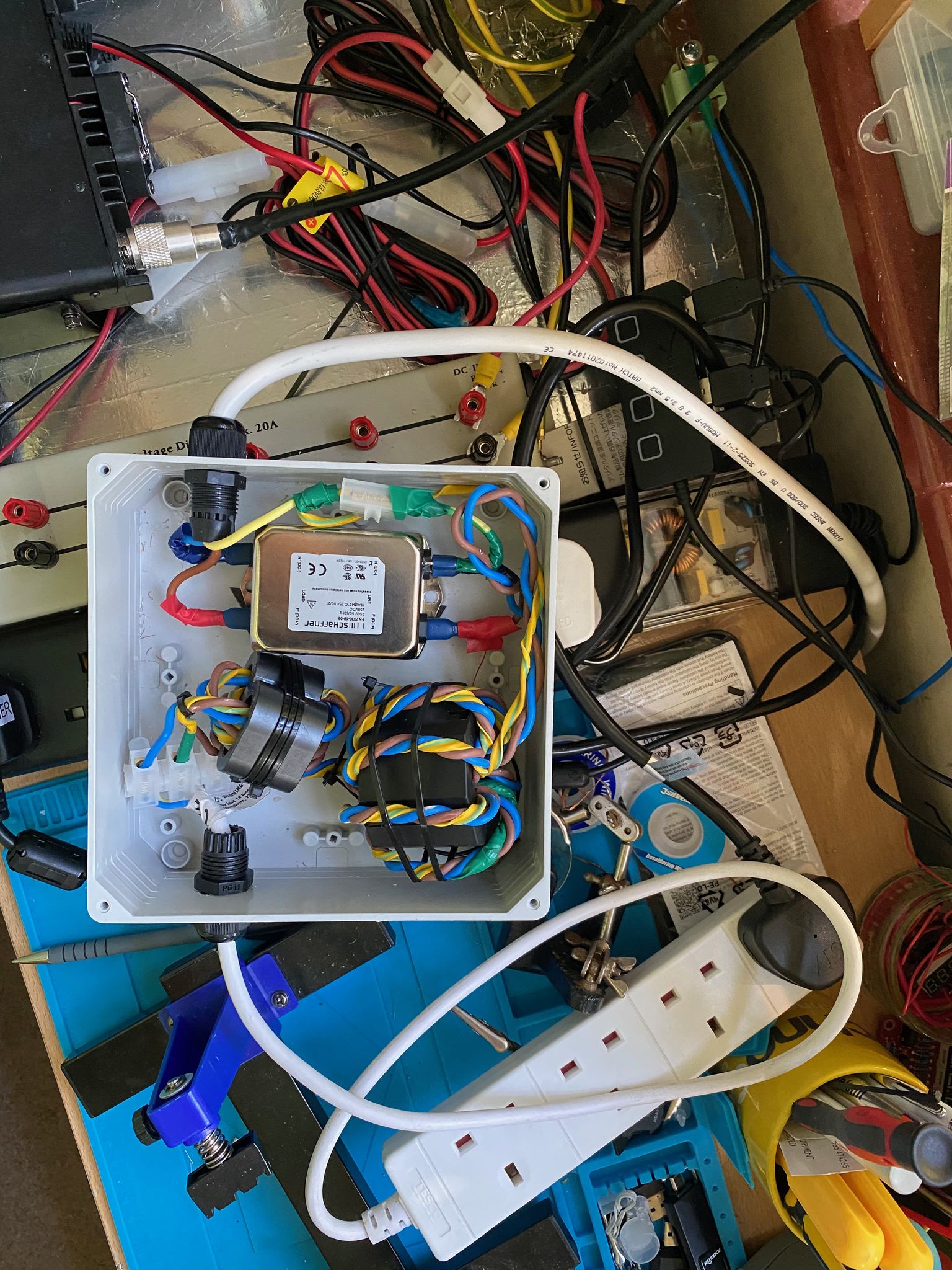
Whilst mine isnt as tidy, i think it is correct. Appreciate if you can reply to comment Phil 🙂

